Guide to Powering Starlink Mini from Your Vehicle Using a 12-Volt Power Supply: Essential Steps for Seamless Connectivity.
Bringing high-speed internet to your vehicle is now easier than ever with the Starlink Mini, especially when powered from a 12-volt source. With the right adapter or car kit, you can connect your Starlink Mini to your vehicle’s 12V outlet and enjoy reliable satellite internet wherever you travel. This setup makes staying connected while camping, caravanning, or working remotely both accessible and straightforward.
Understanding how to power your Starlink Mini safely and efficiently from your vehicle is essential to avoid damage to your equipment and ensure a seamless online experience. Whether you're new to off-grid internet or looking to optimise your existing setup, knowing the key considerations for 12V installation will help you get the most out of your Starlink Mini.
Key Takeaways
-
Learn how to power your Starlink Mini using your vehicle’s 12V system.
-
Understand adapter options and safe wiring methods.
-
Keep your Starlink Mini running smoothly with simple maintenance tips.
Understanding Starlink Mini Power Requirements
Starlink Mini draws power differently than traditional routers. Successful operation depends on matching its power needs with your 12-volt system using the correct equipment and setup.
Power Consumption and 12-Volt Compatibility
The Starlink Mini typically uses between 20 and 40 watts during normal use, with idle consumption as low as 15 watts. When first powered on, the device can draw short peaks up to 60 watts.
Despite its efficiency, the Starlink Mini is not natively designed for direct 12-volt input. It accepts a wide DC voltage range from 13.4 to 48 volts, but reliability improves when supplied with at least 18 volts. To use a 12-volt vehicle system, you will need a DC-DC converter capable of stepping up your vehicle's voltage to suit these requirements.
You must also consider current draw, particularly during startup. Selecting cables and connectors that handle at least five amps safely is essential for avoiding thermal issues.
Starlink System Components
The Starlink Mini system includes the dish, an integrated Wi-Fi router, and the necessary cabling. Unlike standard Starlink, the Mini combines core functions into a more compact device to reduce setup complexity and power draw.
You will mostly interact with two main components:
-
Starlink Mini antenna (combines receiver and router functions)
-
Power/data cable (USB Power Delivery standard, usually USB-C)
It does not include a traditional external power adapter, so you must provide the appropriate USB Power Delivery source. Existing 12-volt vehicle USB chargers are often insufficient unless rated for at least 65W (preferably 100W) at 20V/5A.
Assessing Required Power Supply Specifications
For safe and consistent use, your power supply must meet or exceed the following minimums:
-
Output voltage: 13.4–48V DC, optimally 20V
-
Power rating: Minimum 65W; 100W preferred
-
Current: Typically 3–5A, to cover startup surges
A reliable DC-DC converter capable of stepping 12V up to 20V at 5A output is crucial. Use quality connectors and fuses rated for your load. Always verify output with a multimeter before plugging in the Starlink Mini to avoid accidental damage.
The power supply must support USB Power Delivery (PD) and maintain a steady voltage even when your vehicle battery drops below a full charge.
Choosing a 12V Power Supply for Your Vehicle
Selecting the right 12V power supply is essential for powering your Starlink Mini reliably. Ensuring proper compatibility, durability, and power output will support stable internet access no matter where your journey takes you.
Types of 12V Power Supplies
You have several options for 12V power sources in vehicles, including cigarette lighter sockets, hardwired 12V outlets, and auxiliary battery banks.
Cigarette lighter adapters are plug-and-play, while hardwired outlets provide a more permanent and often stable connection. Portable 12V battery banks are ideal for off-grid use, and lithium iron phosphate (LiFePO₄) batteries are preferred for longevity and performance.
When selecting a supply, consider portability, the typical duration of use, and how much current your setup draws.
Assessing Power Output and Compatibility
It is important to match the Starlink Mini’s requirements with your vehicle’s 12V supply. The device typically needs a stepped-up voltage (e.g., 20V, 5A, 100W) via an adapter. Check your adapter’s output specs to avoid underpowering the unit.
Use a quality DC-DC converter designed for the Starlink Mini, capable of delivering at least 100W continuous output.
Weatherproofing and Durability
Use components rated as water-resistant or weather-sealed when operating outdoors. In rugged environments, choose IP-rated gear (e.g., IP65 or higher). Cable quality matters—use thick, well-insulated cables to minimise voltage drop, especially on longer cable runs.
An in-line fuse adds protection against short circuits or surges.
Wiring and Installing Starlink Mini in Your Vehicle
Correct installation helps ensure reliable operation and protects your equipment.
Electrical Safety and Best Practices
Disconnect your vehicle battery before installation. Use fuses rated just above your expected load, placed near the power source. Secure all grounding connections properly and check polarity before powering the system.
Selecting Cables and Adapters
For cable runs up to a few metres, use a thick automotive-grade cable. For longer runs, increase cable gauge to avoid voltage drop. Use weatherproof grommets or glands to seal entry points, and confirm your 12V to USB-C adapter supplies at least 5A.
Use Cat 6 Ethernet cables for wired networking where applicable, with outdoor-rated connectors.
Planning for Voltage Drop
Voltage drop can disrupt Starlink Mini performance. To minimise it:
-
Keep cables as short as possible
-
Use thicker cables for longer runs
-
Avoid multiple adapters or sharp bends
Measure voltage at the Starlink Mini under full load to ensure it stays above 13.4V.
Converting Starlink Mini to 12V Operation
To operate Starlink Mini from a 12-volt vehicle source:
-
Use a DC-DC step-up converter to raise the voltage to the required levels
-
Connect through fused power lines
-
Install a power switch for control and safety
Verify stable voltage output with a voltmeter before use.
Using a Power Over Ethernet Injector
A PoE injector allows you to deliver power and data via one Ethernet cable. Connect the converter’s output to the injector, and ensure the injector matches Starlink Mini’s power requirements.
Inverters vs. Direct 12V Power
| Solution | Pros | Cons |
|---|---|---|
| Inverter | Simple with original power supply | Less efficient, more power loss |
| Direct 12V | Higher efficiency, compact | May require extra setup |
Direct 12V with a step-up converter and PoE injector is typically more efficient for vehicle use.
Integrating Starlink Mini with Onboard WiFi
You can connect the Starlink Mini to a third-party WiFi router for more advanced control and better internal coverage. Routers with WAN via Ethernet or wireless bridging are best.
Use USB-C to Ethernet adapters for wired connections. Use shielded Ethernet cables and compatible routers to maintain performance.
Maintenance and Troubleshooting
-
Check all cable connections regularly
-
Clean the dish surface to avoid obstructions
-
Monitor voltage to stay above 13.4V
-
Address power cycling by checking for voltage drop or inadequate adapters
Future-Proofing Your Setup
Keep firmware updated and look for newer adapter kits as they are released. Design your setup with modularity in mind to allow easy upgrades.
FAQs
What cable type should I use? Use automotive-grade cables rated for high current. Thicker cables reduce voltage loss, especially on longer runs.
Is there a car adapter for Starlink Mini? Yes, third-party kits exist. Ensure they match Starlink Mini’s voltage and connector needs.
How do I convert vehicle power safely? Use a regulated DC-DC converter to maintain a stable voltage above 13.4V.
What about long-term use? Monitor your battery voltage and use low-voltage cutoffs to avoid draining the battery.
What should a power kit include? Regulated converter, proper cabling, matching connectors, and protective fuses.
If Starlink Mini doesn’t power up? Check all connections, verify voltage, and test components individually. Reduce cable length or upgrade gauge if needed.
By following these steps, you can confidently run your Starlink Mini from a vehicle and stay connected wherever your journey takes you.

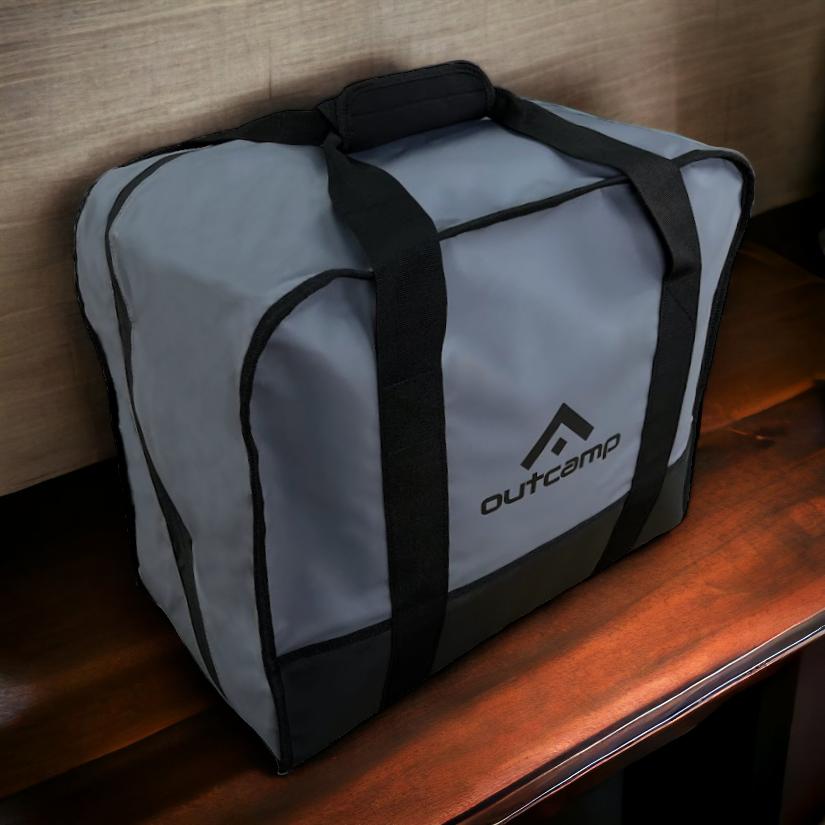

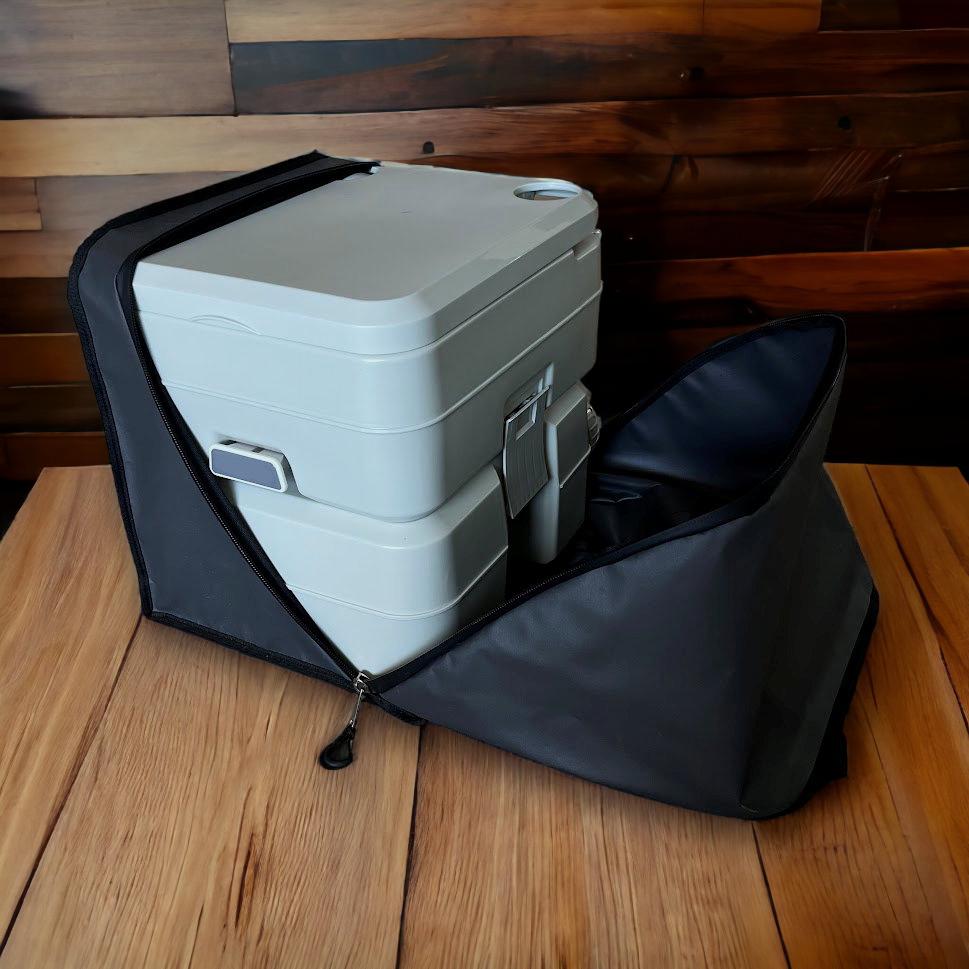
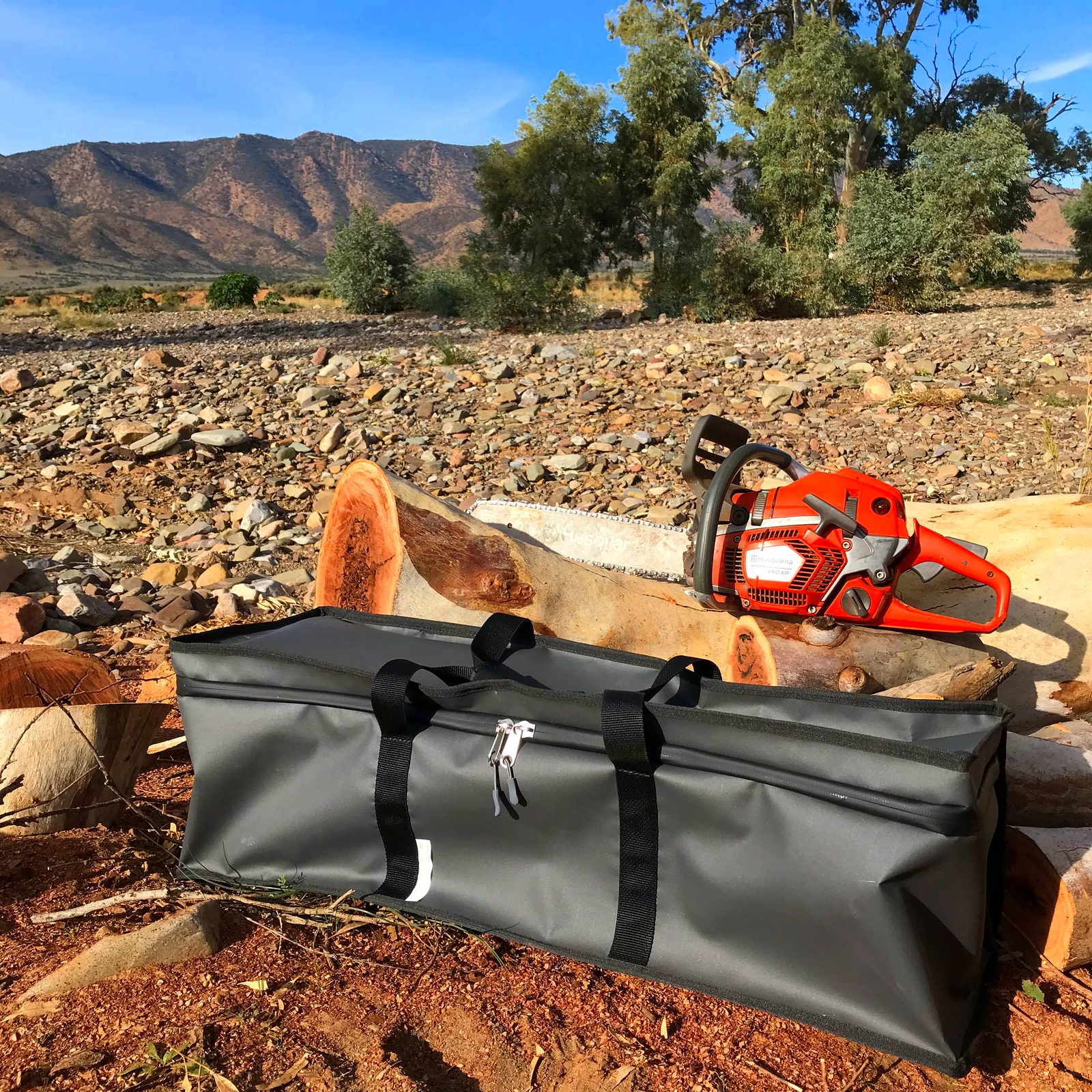
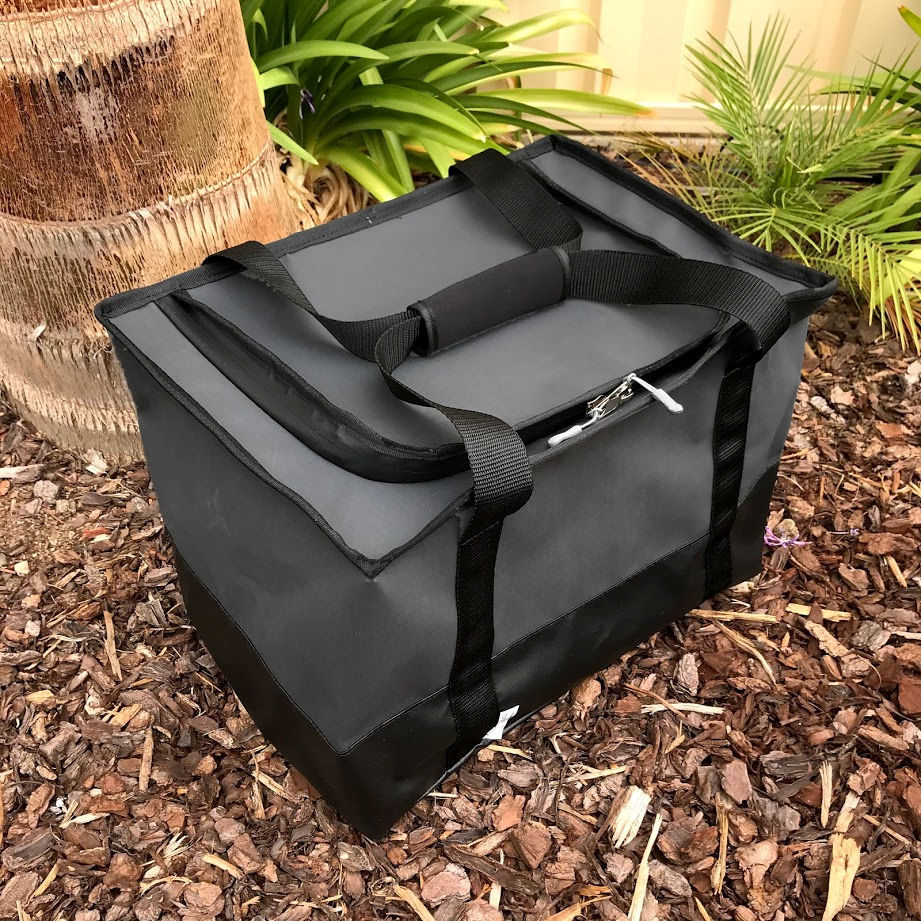







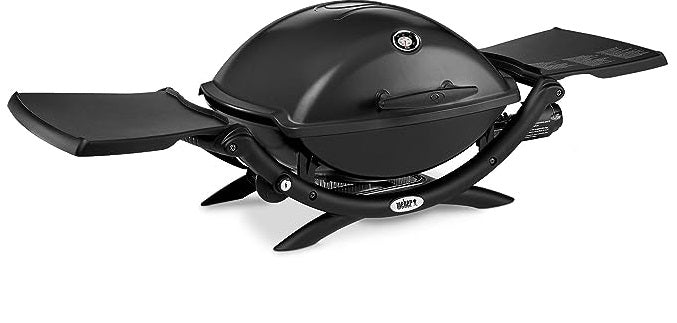
Leave a comment (all fields required)